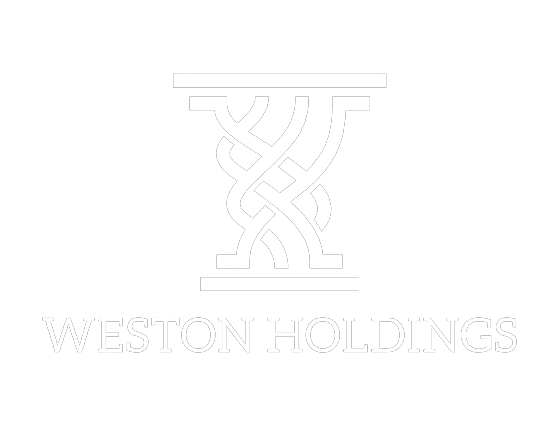Dear valued client,
Another turbulent week for markets as the U.S. and Canada went tit-for-tat on tariff threats. The lack of clarity and direction of economic policy has prompted investors to pull back in recent weeks. On the bright side, inflation in the U.S. slowed more than expected in February, strengthening predictions that the Federal Reserve will resume cutting interest rates later in 2025. The Consumer Price Index (CPI) dropped to 2.8% (compared to 3% in January and 2.9% in December). Although rates are expected to remain steady next week, the Federal Open Market Committee (FOMC) may now project more rate cuts for 2025 in their dot plot, reflecting the improving inflation outlook.
The Bank of Canada lowered interest rates by 25 basis points to 2.75%, marking its seventh consecutive cut, driven by economic uncertainty from U.S. tariffs. After reducing rates by 225 basis points since a peak of 5% in July 2023, policymakers are responding to declining consumer confidence, slowing business investment, and anticipated growth setbacks. Economists predict further cuts—possibly two to three more by mid-2025—bringing rates to 2%, though the bank warns monetary policy can’t fully offset tariff damage. While tariffs may spike inflation short-term, experts like David Rosenberg suggest a weaker economy could ultimately lead to disinflation, necessitating additional rate relief.
The ongoing tariff dispute between the U.S. and its trading partners escalated recently when President Trump threatened to increase duties on Canadian steel and aluminum imports by an additional 25%, raising the total to 50%, in response to Ontario Premier Doug Ford’s proposed 25% surcharge on electricity exports to the US. Although Ford later reversed his tariff plan, the White House had not yet withdrawn the additional levies by the end of the trading day. Meanwhile, a separate 25% tariff on steel and aluminum imports from the EU took effect this week. These protectionist measures aim to shield US manufacturers, who have long struggled to compete with cheaper Canadian imports, as evidenced by a 2.12% rise in the NYSE American Steel Index and gains in shares of companies like US Steel (5.33%), Nucor (2.53%), and Alcoa (3.13%). While some experts suggest that blocking foreign competitors could boost domestic metal producers, the broader market remains cautious, rattled by the unpredictability of tariff policies and the potential for further retaliatory actions.
In a significant development, the United States and Ukraine held talks in Saudi Arabia to negotiate a peace deal to end Russia’s war with Ukraine, marking their first major discussion since a tense Oval Office meeting between Ukrainian President Volodymyr Zelensky and President Donald Trump. Following over eight hours of negotiations, Ukraine agreed to a U.S.-proposed 30-day ceasefire, contingent on Russia’s acceptance, prompting the Trump administration to lift its pause on military aid and intelligence sharing with Kyiv. The talks, the second major U.S.-led discussion on the war hosted in Saudi Arabia, also included plans for a critical minerals deal, with the U.S. now set to pitch the ceasefire proposal to Russia via Trump’s special envoy, Steve Witkoff.
Greenland’s recent election, won unexpectedly by the pro-business Demokraatit party with 29.9% of the vote, has drawn U.S. attention as President Trump insists on acquiring the mineral-rich island for national security and its strategic Pituffik Space Base, despite 85% of Greenlanders opposing the idea. Led by Jens-Frederik Nielsen, Demokraatit favors a gradual path to independence from Denmark, which has controlled Greenland’s foreign policy since granting it autonomy in 1953, over rushing into a U.S. partnership. While the campaign focused on domestic issues like healthcare and education rather than Trump’s overtures, Nielsen firmly rejected U.S. control, emphasizing Greenland’s desire to build its own future as it navigates independence and resists external pressure.
Long-term investing requires patience, perspective, and an understanding that there is bound to be turbulence on a long flight. Even though the seatbelt sign has been turned, the certainty of arriving at your destination remains unchanged.“If you are distressed by anything external, the pain is not due to the thing itself, but to your estimate of it; and this you have the power to revoke at any moment.” – Marcus Aurelius
Have a good weekend,
PW



